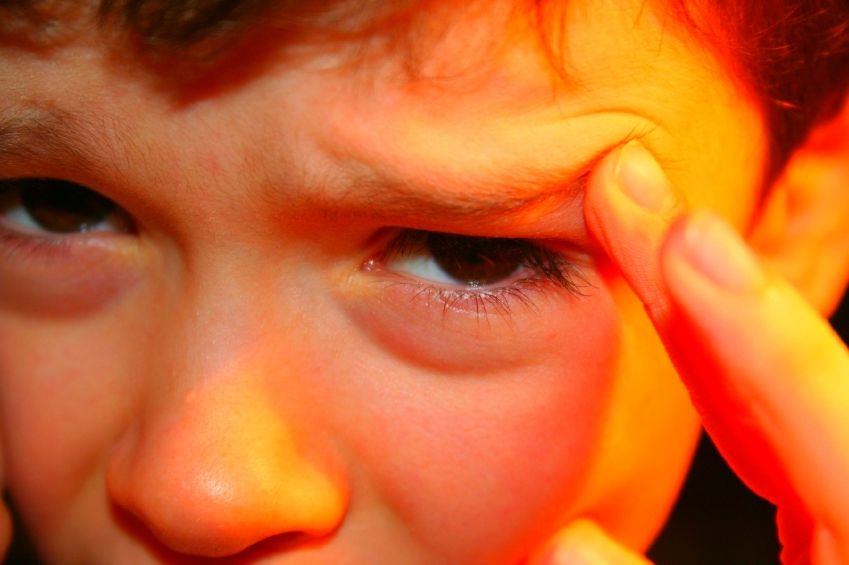Evidence-Based Treatment for Pediatric Migraine Prevention
Migraine is one of the most common neurologic disorders in children and adolescents with a prevalence of 7.7%.

Migraine is one of the most common neurologic disorders in children and adolescents with a prevalence of 7.7%. The prevalence is actually higher in boys compared with girls prior to puberty. However, after puberty, the incidence and prevalence of migraine increase more rapidly in girls than boys with girls ultimately having a higher prevalence after age 11 years.1 Given this prominence, the American Academy of Neurology and the American Headache Society have standard practice guidelines for the pharmacologic treatment for pediatric migraine prevention. These guidelines were most recently updated and published in 2019.2
The goal of this article is to discuss pharmacologic treatment for pediatric migraine prophylaxis in a succinct and evidence-based approach for the general pediatrics provider. Although outside the scope of this article, it is important to remember that lifestyle modifications, such as sleep hygiene, hydration, a consistent well-balanced diet, exercise, and stress management, cannot be overlooked as these are the foundation to all other migraine prevention including pharmacologic therapies. Additionally, complementary therapies such as physical therapy, biofeedback, and acupuncture often are used as an adjunct to migraine prevention.
Adults with migraine headache for more than 6 days in a month are at risk for progression to chronic migraine. Medication overuse also contributes to this progression. The guidelines note that there is no available data on this topic in Pediatrics. However, it is hypothesized that there are similar relationships between frequent headache, medication overuse, and progression to chronic migraine in children. Therefore, it is suggested that clinicians consider preventive treatment in these populations.
What clinical trials revealed
In the clinical trials regarding preventive treatment agents, the inclusion criteria for headache frequency were variable and included a minimum of 4 headache days per month with no maximum and 3 to 4 migraine attacks per month for at least 3 months.2 It is also worth noting that certain populations are at increased risk of migraine-related disability and may need additional consideration for preventive therapy. For instance, teenagers with migraine who had a Pediatric Migraine Disability Assessment Score (PedMIDAS) over 30 (indicating moderate to severe migraine-related disability) had a higher risk of mood and anxiety disorders and increased severity and frequency of headache.
Visit Contemporary Pediatrics to continue reading.